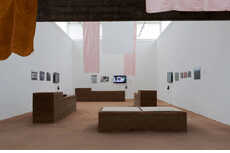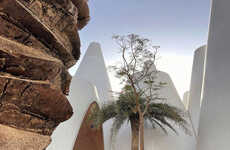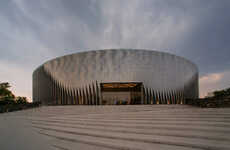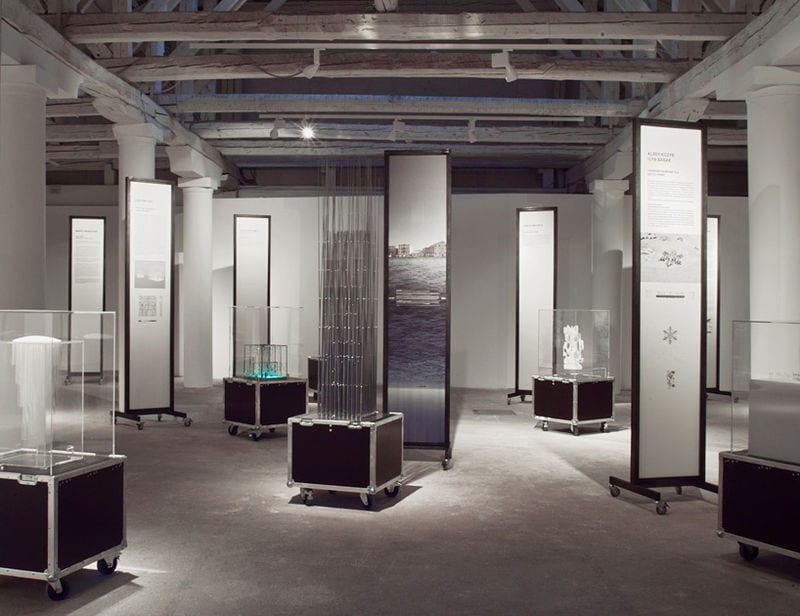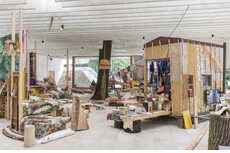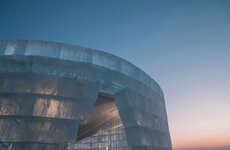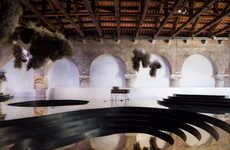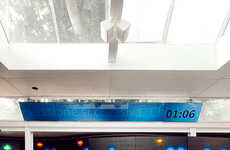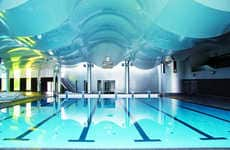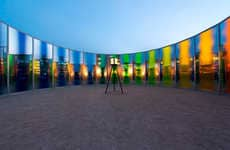
The Antarctic Pavilion Examines Different Forms of Life from the Area
Jamie Danielle Munro — June 26, 2014 — Art & Design
References: labiennale.org & designboom
The Antarctic Pavilion is on display at the Venice Architecture Exhibition, and it explores the different forms of life in this cold region of the world, along with any life that could exist here in the future.
The pavilion is quite the mix between architecture and science, as both professions are at play in the installation. Out of all of the pavilions that have been put on display for this event, this is by far the most scientific of them all, and helps with making viewers think about architecture's relationship to life. This architecture does not necessarily have to do with buildings, but simply the general makeup of climate and environment, and how that effects life on earth in one of the most challenging places to survive: the poles.
Photo Credits: designboom, labiennale.org
The pavilion is quite the mix between architecture and science, as both professions are at play in the installation. Out of all of the pavilions that have been put on display for this event, this is by far the most scientific of them all, and helps with making viewers think about architecture's relationship to life. This architecture does not necessarily have to do with buildings, but simply the general makeup of climate and environment, and how that effects life on earth in one of the most challenging places to survive: the poles.
Photo Credits: designboom, labiennale.org
Trend Themes
1. Exploring-life-forms - Disruptive innovation opportunity: Develop new technologies and methods for exploring and understanding different forms of life in extreme environments like Antarctica.
2. Architecture-science-fusion - Disruptive innovation opportunity: Explore the intersection between architecture and science to create innovative solutions for environmental challenges and sustainable living.
3. Life-adaptation-design - Disruptive innovation opportunity: Design architecture and environments that adapt and support life in extreme climates and challenging conditions.
Industry Implications
1. Architecture - Disruptive innovation opportunity: Incorporate scientific knowledge and expertise into architectural design, creating sustainable and adaptive structures.
2. Environmental Science - Disruptive innovation opportunity: Develop new research methods and technologies to study and understand the impact of climate and environment on life forms.
3. Exploration Technology - Disruptive innovation opportunity: Generate advanced technologies and systems for exploring and studying extreme environments for scientific and research purposes.
1.1
Score
Popularity
Activity
Freshness

